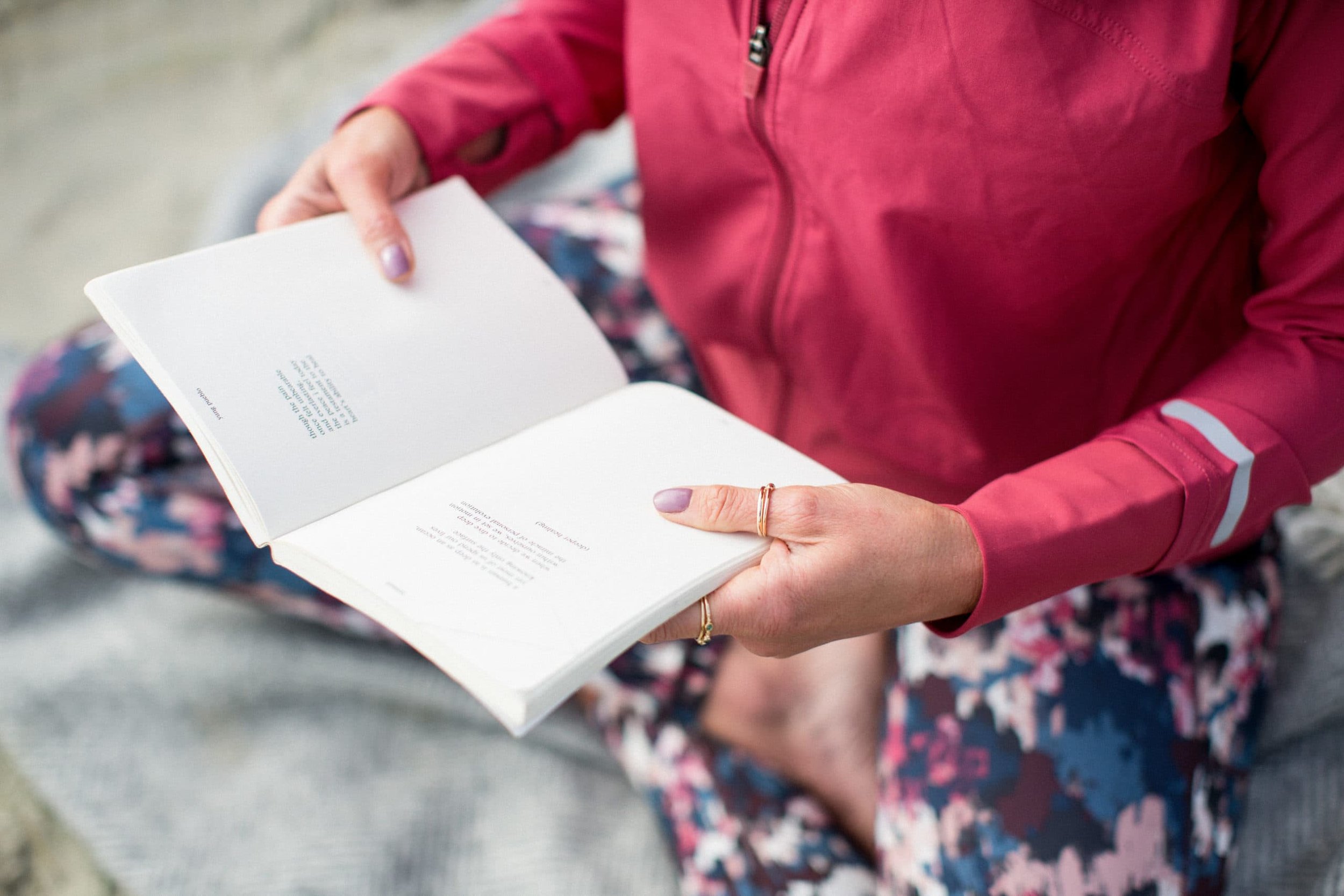What makes a good story?
We hear a lot about storytelling content. But what makes a good story?
How can you use stories effectively in your marketing, especially when everyone else is doing the same? And – more importantly – how will it help your business stand out?
Firstly – what is storytelling?
To quote George Monbiot, the excellent journalist and all-round good egg:
“Stories are the means by which we navigate the world. They allow us to interpret its complex and contradictory signals. When we want to make sense of something, the sense we seek is not scientific sense but narrative fidelity. Does what we are hearing reflect the way that we expect humans and the world to behave? Does it hang together? Does it progress as a story should progress?” - George Monbiot
In marketing, storytelling is simply a tool that can be used to communicate what your brand is about in a way that builds trust and engagement with your customers. Stories turn dull, factual information into fascinating and, most importantly, memorable information.
You can use stories to create a framework upon which to hang your content: for example, talking about how a product is made or the obstacles that have been overcome to achieve a goal.
Do it well, and storytelling can be a very effective way to connect with your audience. Use it on social, in blogs, in your web copy and in the news you might issue to the press.
What makes a good story?
This is totally subjective. Different people will respond to different stories, so you have to be creative and understand what will make your audience tick. Ultimately, humans are very nosy people, so the more you can reveal that is surprising or unusual, the better.
There are so many examples of wonderful brand storytelling. I’ve listed a few below, but one of the most important aspects of a good story is the timing of it. Your story needs to have a hook – it needs to be relevant in the moment.
Whether you’re responding to a trend, to something that has happened or to a new development in your business, have that hook in your mind at all times.
Land Rover, for example, created a series of video stories about the Land of Land Rovers, a remote area in the Indian Himalayas, in celebration of its 70th anniversary in 2018.
The films tell the story of the local drivers who rely on a fleet of meticulously maintained 1957 Land Rover vehicles to provide transport and supplies along the treacherous mountain roads between two small villages, Maneybhanjang and Sandakphu. This one is my favourite.
Cadbury’s used storytelling techniques to launch its The Originals campaign, in partnership with Age UK, which encourages people to have more conversations with older people. It’s relevant now because of the loneliness that has been exacerbated by Covid-19.
In it, we see a range of elderly people being fairly opinionated about what they’ve got to say, whether it’s their time as a champion bodybuilder or when they were photographed nude. The magic of storytelling comes to the fore, and you are compelled to keep watching.
The messy reality of women’s intimate health, including miscarriage, endometriosis, fertility issues and menopause, is tackled by Bodyform’s latest #wombstories campaign.
It’s a good example of storytelling because it starts a wider debate about a taboo subject that is rarely discussed.
Bodyform might simply be trying to sell more sanitary products, but by tapping into issues that collectively affect so many of its customers, the brand is immediately displaying empathy.
Hasn’t everyone jumped on the storytelling bandwagon?
Yes, but this doesn’t have to stop you. Some say that with so many brands using similar storytelling techniques, words and phrases, this has created a sort of echo chamber in which everyone sounds the same.
The irony of becoming unmemorable by the very act of trying to be different is not lost on me. Bloomberg journalist Ben Schott takes aim at these so-called ‘bland’ brands in a brilliant opinion piece. In it he explains that what makes a brand bland is duality, or:
“Claiming simultaneously to be unique in product, groundbreaking in purpose, and singular in delivery, while slavishly obeying an identikit formula of business model, look and feel, and tone of voice.” - Ben Schott
Should you worry about this? I don’t think so. Whilst it’s important to avoid slipping into ‘bland’ territory, there are some simple rules you can follow that will ensure your stories make you stand out as an individual.
The key is to remain authentic. And the best thing is, it’s all about being you.
Drop me a line if any of this resonates with you. I’d love to hear from you.


